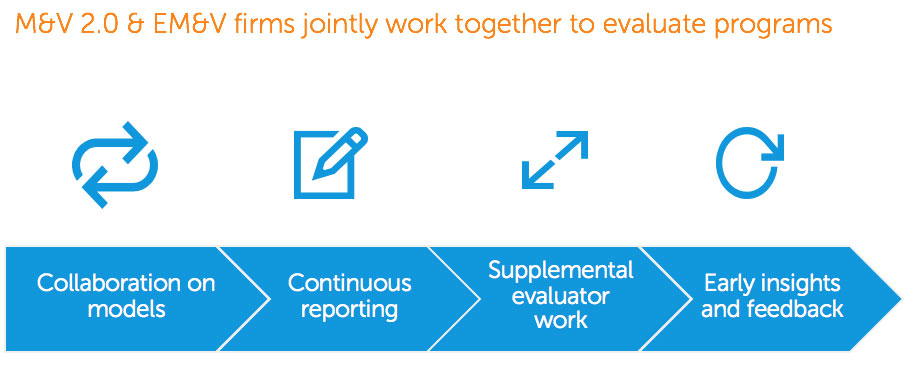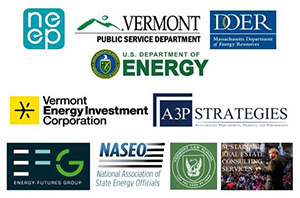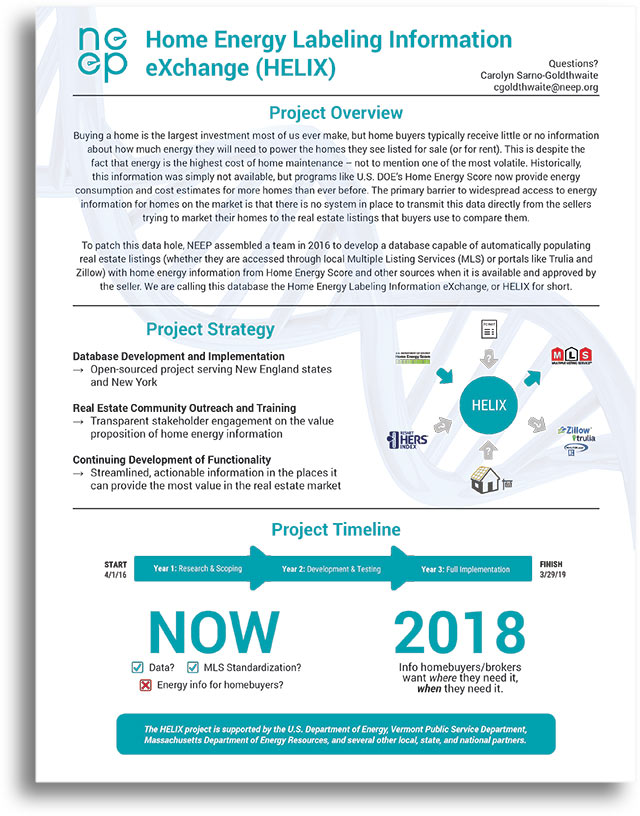By Kevin Rose | Wed, November 23, 16
Here’s a hypothetical situation (perhaps a strictly hypothetical one if you’re a millennial like me):
Imagine you want to buy a home. You know you want A bedrooms, B baths, and about C square feet (which is just enough room for yourself and D, plus E and F, and maybe a guest, G). You have your heart set on features H, I, and J in your kitchen and living room. And to ensure that getting to locations LMNOP isn’t a pain, you want to make sure the home is within Q miles of the R area. You’ll only be able to afford a few of nice-to-have features STUVW, and after calculating mortgage payments of X, insurance payments of Y, and property taxes of Z you have some tough choices to make.
But that’s alright, because you’re confident that you now have all the information you need, right?
Not so fast. Did you notice that, in our hypothetical situation above, I skipped over K?
 Buying a home is a complicated process. And yet, even in the modern information age, home buyers must take on this process without access to all the information they should have.
Buying a home is a complicated process. And yet, even in the modern information age, home buyers must take on this process without access to all the information they should have.
They’re missing K! And just what is K?
There are several examples of things that fit this bill, but one K that applies to almost every single home buyer across the country comparing different homes is the Kost cost of energy – i.e., what they can expect to pay for utilities.
Energy is the highest cost of home maintenance, but home buyers typically receive little or no information about how much energy they will need to power the homes they see listed for sale (or for rent). They have no way to know whether to expect average winter heating bills of $200 or $2,000. This is because – even though more and more consistent, verified home energy information is becoming available - there is no system in place to automatically transmit this data directly into real estate listings; here in the northeast, we are currently working to change that. Our Home Energy Labeling Information eXchange (HELIX) project aims to build this database so that home buyers can know their expected energy use and, in turn, their estimated energy cost. In other words, we’ll solve the biggest part of the K problem.

 But we can’t just build this database in isolation: many stakeholders would be impacted by such a system, so it’s only natural that they should be able to help shape HELIX. That’s why on November 10, we held our inaugural HELIX Summit. This first-of-its-kind event brought together 75 interested attendees from across the country (including realtors, appraisers, MLS staff, data aggregators, automated energy modelers, efficiency program implementers and administrators, state energy office staff, and other building energy enthusiasts) into a jam-packed meeting room in Boston for a day of brainstorming, visioning, and connection-making. And what a day it was!
But we can’t just build this database in isolation: many stakeholders would be impacted by such a system, so it’s only natural that they should be able to help shape HELIX. That’s why on November 10, we held our inaugural HELIX Summit. This first-of-its-kind event brought together 75 interested attendees from across the country (including realtors, appraisers, MLS staff, data aggregators, automated energy modelers, efficiency program implementers and administrators, state energy office staff, and other building energy enthusiasts) into a jam-packed meeting room in Boston for a day of brainstorming, visioning, and connection-making. And what a day it was!
Summit attendees spent the day excitedly exchanging ideas on how to make HELIX a reality in order to create a real estate market where access to home energy information could become commonplace. Members from the project team led discussions about the potential value of HELIX to the real estate industry, different options for the technical scope of the HELIX database, and the governance and privacy considerations of developing and operating this database. Through these discussions and smaller group sessions in the afternoon stakeholders had the chance to raise questions, comments, and concerns about the project and figure out how they could work together to unlock the opportunities that such a system would provide. Here's what a few of our attendees had to say:
“Thanks to NEEP for a great event! It was an inspiring convening”
“Just the fact that the combination of real estate market actors and energy efficiency proponents were all in the same room speaking with each other […] was super exciting”
“So helpful to chat with peers from ME, CT, MA”
As the HELIX project approaches the end of its first year, our team will use the research it has compiled thus far and the insights gleaned from the Summit to begin the HELIX design process. We plan to hold Summits in each of the next two years (along with additional outreach) to continue this stakeholder engagement in order to ensure the market is ready to receive HELIX when it is projected to be fully operational in 2018.
That’s when home buyers in the northeast will be able to take K into account along with all the rest of the letters in the home buyer alphabet.

